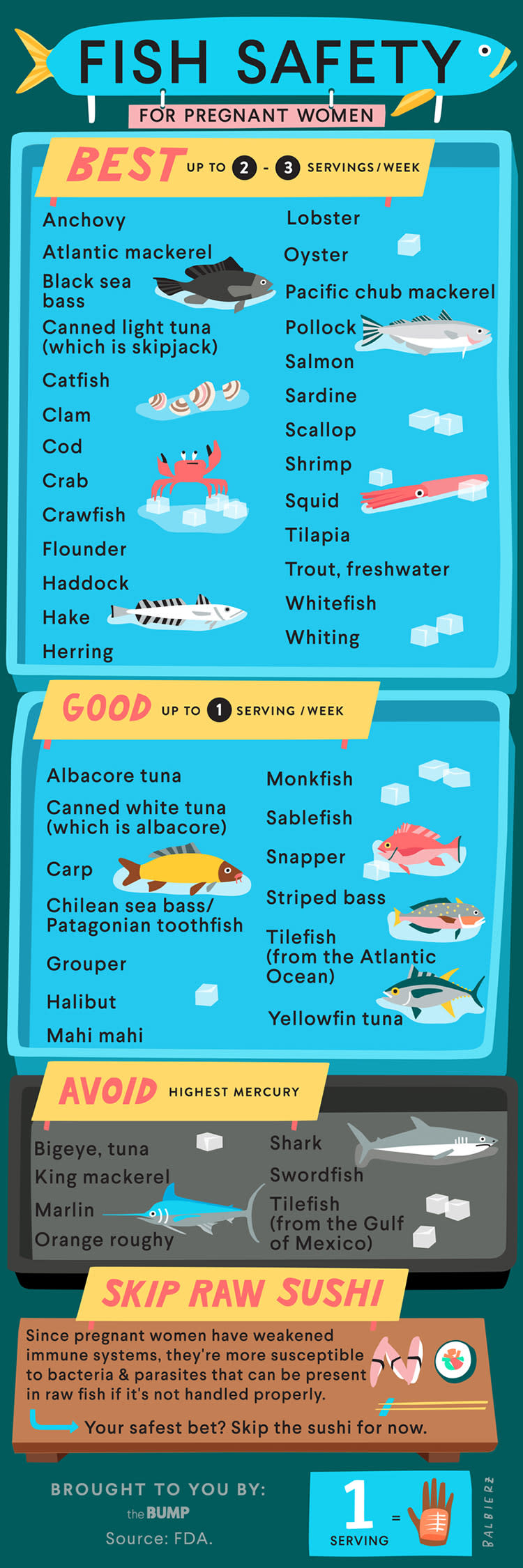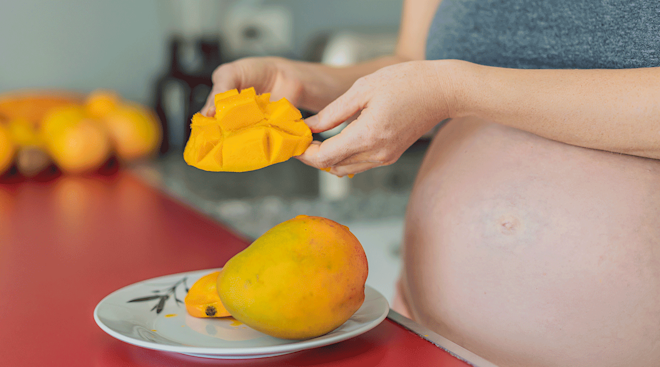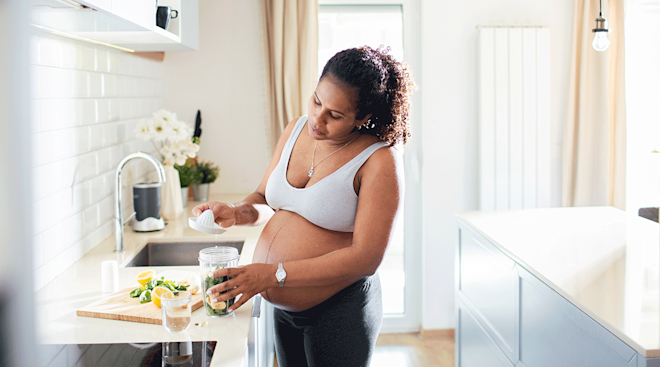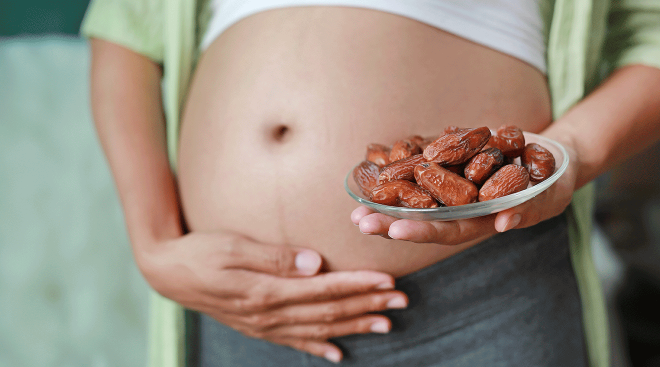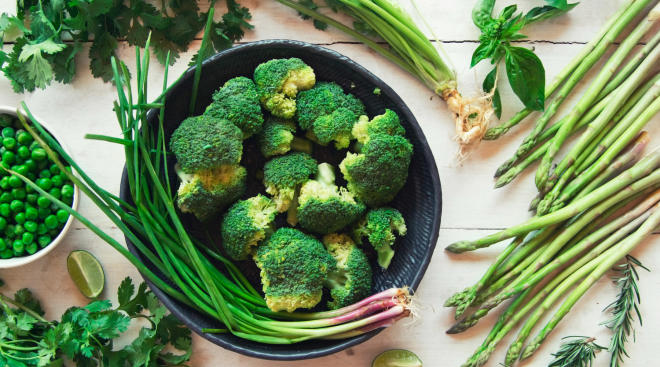So Long Seafood? Debunking Myths About Eating Fish During Pregnancy
With pregnancy comes many lifestyle changes—you’re about to be responsible for a new human being, and on top of that, you’re likely trying to prioritize healthy choices to benefit both you and baby. If you’ve started to read up on lists of what you should or shouldn’t eat, you may be confused about where—or if—fish and other kinds of seafood can fit within your diet. We’re here to tell you that with a few exceptions, fish can and should be part of a healthy diet even when you’re expecting.
Advice about avoiding all fish during pregnancy is little more than fishy fiction. Most of the concerns stem from the fact fish contain mercury, a metal that collects in oceans, lakes and rivers and is acquired by fish from the water and by eating other fish. Being exposed to mercury in the womb is associated with many negative developmental consequences, which may lead pregnant women to believe that they should swear off seafood for nine months. Luckily, many popular types of fish in the United States, like salmon, tuna and tilapia, have such low levels of mercury that they can be eaten a few times a week without risk of harming an unborn child.
There are, however, seven types of fish that should be completely avoided during pregnancy) because they are known to contain the highest levels of mercury:
- Bigeye tuna
- Tilefish
- Shark
- Swordfish
- Marlin
- Orange roughy
- King mackerel
If you’re a sushi lover, it’s best to stick to veggie options or rolls with cooked seafood for now. Food safety and medical experts recommend avoiding raw fish during pregnancy, since the weakened immune system of expecting mothers may increase risk for foodborne illness.
Aside from these exceptions, incorporating fish into your diet while pregnant provides many nutritional benefits. Fish provides many key nutrients for pregnant and breastfeeding women as well as growing babies, including protein. Protein is crucial for a baby’s growth, especially during the second and third trimesters. Pregnant women should eat at least 70 grams of protein per day.
Fish is also a source of healthy fats. It is recommended that everyone—not just pregnant women—keep their fat intake between 20 to 35 percent of total calories per day. And some types of fat are more beneficial to health than others. For example, docosahexaenoic acid (DHA) is an omega-3 fatty acid found in high quantities in salmon. DHA is important for a baby’s fetal growth and development, particularly in the eyes and brain. Pregnant women should aim to consume 200 to 300 mg of DHA each day, or about the amount found in ¾ ounce of salmon, 1 ½ ounces of sardines or 2 ounces of rainbow trout.
Vitamin D, which helps us absorb calcium and is important for immune function and brain health, is also found in fatty fish like salmon and tuna. Fish is a source of easily absorbable iron (called “heme” iron), a nutrient of particular importance during pregnancy; since pregnant women have an increased amount of blood in their bodies, more iron is needed to support a healthy blood supply for both mom and baby.
Here’s our infographic with more details:
There’s nothing fishy about eating (most types of) fish during pregnancy! Fish contributes to a healthy eating style and provides many important nutrients to keep both mom and baby healthy. As encouraged by the 2015-2020 Dietary Guidelines for Americans, pregnant and breastfeeding women can safely eat seafood 2 to 3 times per week. As long as you avoid raw seafood and fish that are higher in mercury, expecting moms can feel free to dive into nutritious seafood meals.
For more information on nutrition during pregnancy, check out our Healthy Eating During Pregnancy resource.
Published May 2018
Please note: The Bump and the materials and information it contains are not intended to, and do not constitute, medical or other health advice or diagnosis and should not be used as such. You should always consult with a qualified physician or health professional about your specific circumstances.
Navigate forward to interact with the calendar and select a date. Press the question mark key to get the keyboard shortcuts for changing dates.

































